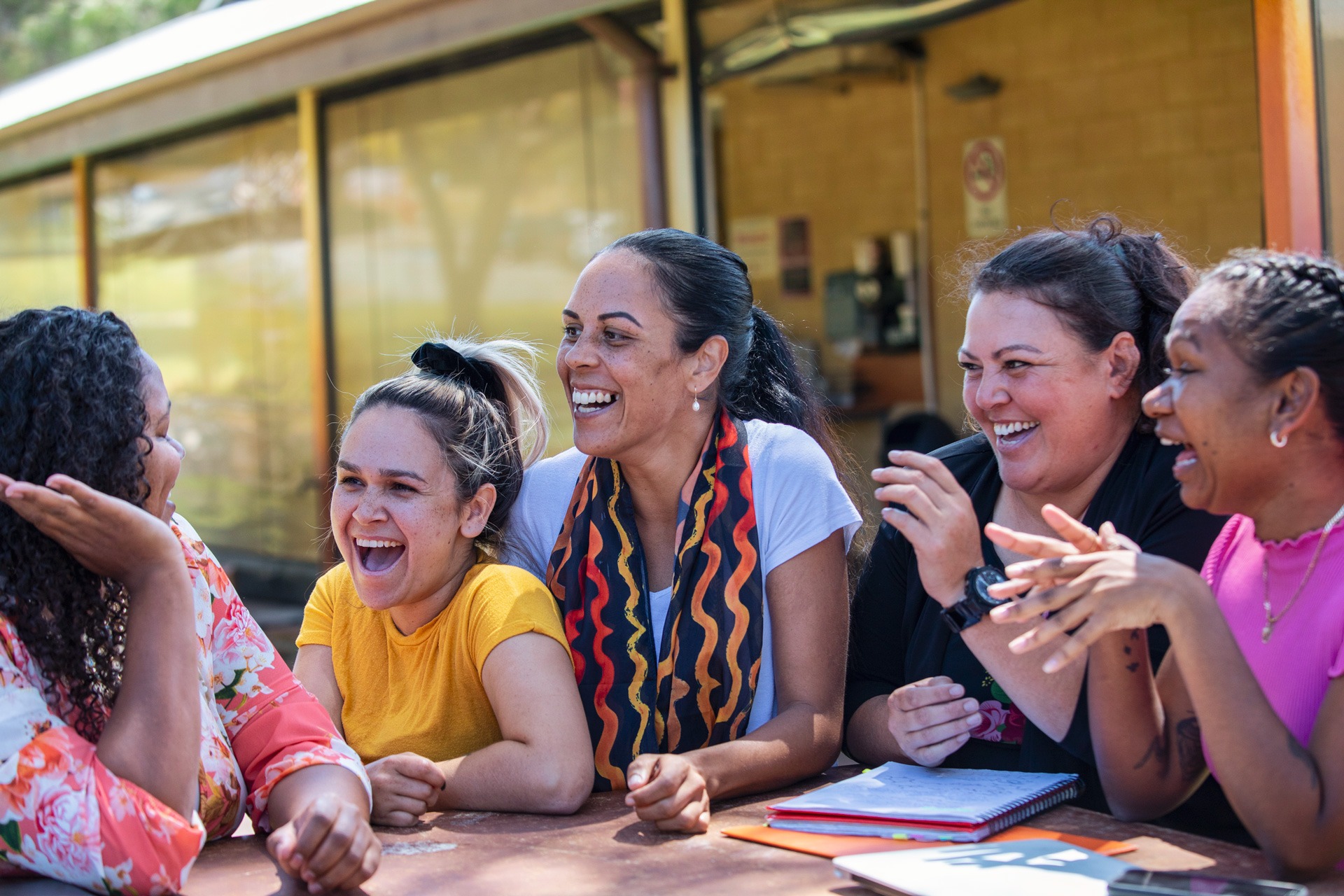Expert clinicians say Australia has no hope of seriously addressing antimicrobial resistance (AMR) without incorporating the critical role of Aboriginal and Torres Strait Islander community controlled health into our national approach to the issue.
Dr Lorraine Anderson is a Palawa woman and Medical Director at Kimberley Aboriginal Medical Services and says that the importance of the community-controlled health sector cannot be underestimated when it comes to AMR.
Dr Anderson says that community control in Aboriginal health is essential for creating health services that are effective, equitable and respectful of First Nation peoples’ unique needs and cultural considerations.
She says that community-controlled health organisations play a critical role in advocating for policies that support the health and wellbeing of First Nations people so that they can represent their communities more effectively at local, regional and national levels.
Success story
When the COVID-19 pandemic first reached remote Aboriginal communities it was community-controlled health organisations that played a key role in minimising the impact on their communities.
“The success of that pandemic response reflects our effectiveness to empower Aboriginal people to achieve good health outcomes,” Dr Anderson says. “It was our Aboriginal leaders who understood what the government was trying to do and worked together to deliver collective, culturally appropriate and localised solutions.
“It’s through community control that we feel empowered and get the best results.”

The value of community control
In terms of AMR, Dr Anderson says community-controlled organisations provide insights about the people they are working with that mainstream organisations could not. Multidisciplinary teams use the skills and knowledge of a variety of healthcare professionals, with an Aboriginal workforce delivering primary healthcare to ensure a culturally safe environment.
“Being culturally relevant can lead to better engagement with services and better health outcomes,” Dr Anderson says.
“Our model of care involves the local community members in service delivery and engaging patients in appropriate healthcare and includes Aboriginal people in leadership positions and decision-making processes.”
Dr Anderson says a strong awareness of the social determinants of health, including things like housing, education and employment, and the need to address these is key to improving health outcomes.
“If you’re living in unhealthy circumstances, that is going to affect your overall health, including AMR,” she says. “Community-controlled organisations are often better at addressing these issues and getting services in place to quickly meet emerging health issues or crises, just as we did with COVID-19.”
“
Being culturally relevant can lead to better engagement with services and better health outcomes
Dr Lorraine Anderson
A community controlled Academy
The National Aboriginal Community Controlled Health Organisation (NACCHO) has a dedicated academy that is also playing an important role in reducing AMR. The Antimicrobial Stewardship Academy is a free five-month program aimed at health workers or health professionals working in the Aboriginal and Torres Strait Islander health sector who are interested in upskiling in antibiotic use, audit, stewardship, surveillance and resistance. Its aim is to create a cadre of antimicrobial stewards, advocates and spokespeople to partner with and continue to improve healthcare delivery, research platforms and advocacy.
Dr Anderson was part of establishing the Academy and continues to lecture there. She says it is another example of community control working.
Rebecca Thorpe is a journalist and communications specialist with decades of experience both in Australia and Europe.


